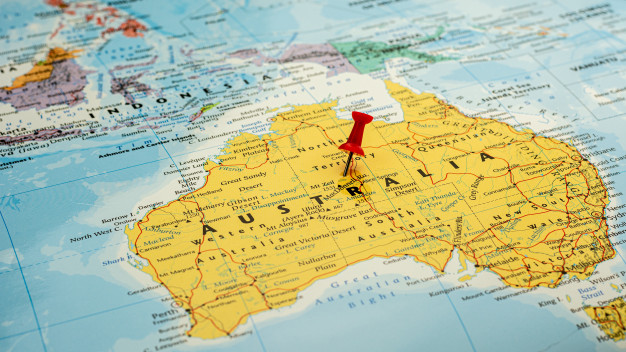Australia is synonymous with world-class education, student-friendly cities, an unbeatable lifestyle, and ample career opportunities for study abroad aspirants.
As per the Department of Education, Skill and Employment (DESE), more than half a million students are currently studying in Australia, making it one of the most popular study abroad destinations globally.
Now that Australia has also opened its borders for fully-vaccinated international students and temporary graduate (subclass 485) visa holders, international students are fully geared to fulfil their long-awaited dream.
The Department of Education, Skill, and Employment has developed a fact sheet on the reopening of international travel. While applying to Australian institutions, aspirants must go through the fact sheet to know their eligibility and keep these five thumb rules in mind for an all-encompassing study abroad experience.
Location/Region
Right from experiencing life in a new city to their dream institution’s location and career opportunities, each student has their motivation to study abroad. Therefore, students should be sure which institution or destination they pick to actualize their dream. Australia offers up to 6 years of post-study work rights; however, the duration of PSWR also changes from region to region. It is always best to narrow down the research concerning location and courses with the help of an expert.
Fees and Scholarships
Finance is another critical factor when shortlisting a course and institution. International students often feel that studying abroad is expensive. But if you look at the broader picture, it really is not. There are many smart ways to balance tuition and living expenses.
The Australian government invests over AUD 300 million each year in scholarships for international students. Students can apply for these scholarships that go up to 100% of their tuition fee. This is the best way to fund their education.
Many Australian universities have program-specific merit scholarships that are time-bound. The details and deadlines should be checked before applying, while some other universities offer special bursaries and generic round-the-year scholarships. Fees are usually paid by semester, starting just when students accept their offer.
Moreover, they can also apply for part-time jobs to manage their living expenses and lifestyle in Australia. According to the Australian government, international students are expected to get temporary relaxation of working hours as they can work beyond 20 hours on weekdays. The temporary relaxation is expected to come into effect from April 2022.
Required documents
The first step is to go through the requirements list before applying for a university or an institution. Some universities require a specific list of documents such as a portfolio for a professional art or architecture program; however, for a bachelor’s or master’s application there are some basic requirements, these can vary a bit basis course and institution:
- Year 12th schooling certificate with mark sheets
- Transcripts of a student’s previous qualification (bachelor’s/master’s)
- Proof of funds
- Statement of Purpose
- Language proficiency certificate, like the IELTS score sheet
Students must keep a tab of the latest requirement and start collating documents well before the application deadlines. They can also take assistance from destination experts if they feel overwhelmed at any step.
Language Proficiency Test
English is the preferred language in Australia and acts as a first language for all types of communication. Before coming to Australia, students have to undertake an English language proficiency test approved by the Australian government to prove their English language ability. Every program/level has a certain English language score defined as a minimum entry criterion. This certificate/test is also critical during the visa filing process.
Diverse Culture
Australia is a land of diverse cultures. According to the Australian Bureau of Statistics (December 2019), Australia is home to 278 cultural and ethnic groups, including 24 residual (not elsewhere classified) categories. When students visit a new country and adjust to a new environment, it is natural to experience culture shock. Thus, they need to be prepared and travel to their dream destination with an open mind to absorb the changes positively. This will help them expand their learning horizon to become a truly global citizen.
Australia is a welcoming country that invites people from different parts of the world to bring their values and culture and build a conducive environment for everyone to learn and grow. Different festivals from across the world are celebrated, and food from different parts of the world is available everywhere. Australian cities are a melting pot of different cultures and provide a rich experience.
Conclusion
A student can never go wrong in choosing Australia as their study abroad destination. The country is home to 7 of the world’s top 100 universities and 7 best student cities as per the latest world rankings. So, if an aspirant is looking for an overall development that goes beyond world-class education, Australia is the place to be. I understand that studying abroad requires thorough research to arrive at a decision students can be grateful for throughout their life. They can always reach out to the destination experts experienced in counselling students towards their future path. Now the time is right to take that leap of faith and achieve their long-awaited dream. I wish the very best and success to all the students in their future endeavours.
The author, Piyush Kumar, is Regional Director (South Asia), IDP Education
Legal Disclaimer: This article is provided for information purposes only.
Read all the Latest News here. Follow us on Facebook, Twitter, Instagram, and LinkedIn.


















1 comment